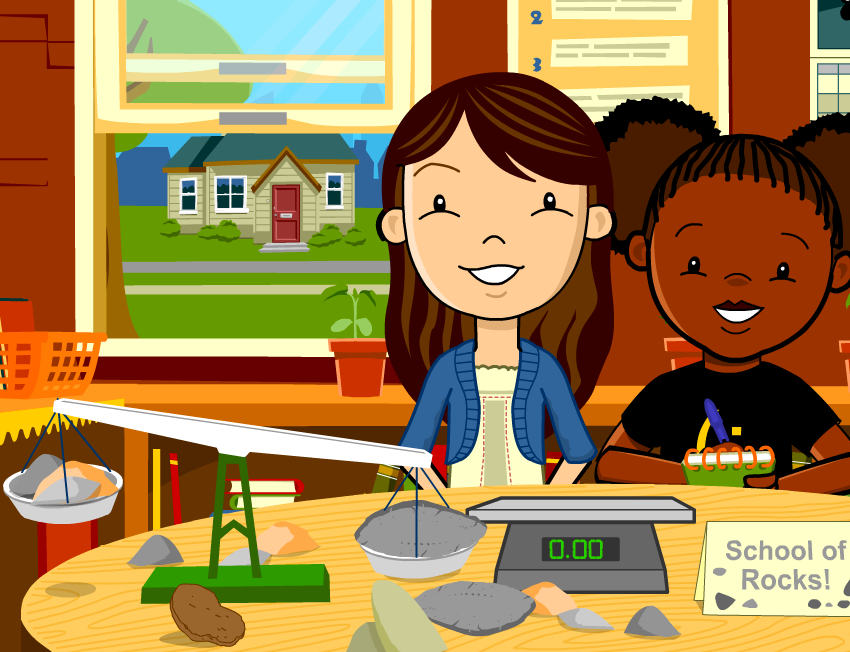Make-a-Movie Collaboration Strategies
Make-a-Movie provides a fun and creative way for students to deepen their knowledge of a topic. Following are tips and strategies for ways to use Make-a-Movie to maximize learning and encourage collaboration.
Implementation
- Provide students with a clear objective for creating their movies. Examples include summarizing content from a BrainPOP movie, elaborating on a single concept or term, retelling a story, comparing / contrasting two concepts, showing the effects of an event and/or its causes.
- Have students practice reading text aloud before recording narration. Encourage reading with expression and fluency. Suggest using different voices for different characters.
- BrainPOP movies pack in a lot of information. Make a Movie is an opportunity to zoom in on one aspect or topic within the movie. Have students use Make-a-Map to help brainstorm ideas for Make-a-Movie.
- Encourage students to use BrainPOP’s Related Readings to conduct further research so they may to expand their movies beyond what’s in BrainPOP movie.
- Use the storyboard template to storyboard the scenes offline before creating a movie.
Collaboration
Have students work in pairs or small teams. Assign, or have students assign themselves, to different tasks based on strengths or interests as follows, or come up with your own set of jobs:
- Director: This may be the student who comes up with the premise for the movie. He or she oversees the vision by sketching out the storyboard with the help of the other team members.
- Writer(s): One or more students are the writers. Their job is to write out the movie story and/or the narration. If the team decides to write an original letter, that would also be the responsibility of one of the writers.
- Designer(s): This job involves sketching out the pictures for each scene on the storyboard, and later selecting the images and animations for the actual movie. The designer(s) also uses the drawing tool to create original pictures in the scenes.
- Narrator(s): These students record the narration and other sounds.
A great way to collaborate for science topics is to provide the same prompt or question to two sets of partners. Invite one pair to make a movie introducing the question and the other pair to make a movie answering the question. For example, you might ask both pairs “Why is my shadow longer in the morning than in the afternoon?” One pair creates a movie describing their observations, such as noticing the shadow of a flagpole at the school stretches really long to the west in the morning, but at the end of the day the shadow is shorter and pointing toward the north. The second pair produces a movie explaining this phenomenon. Alternatively, each pair can create a storyboard, then both pairs collaborate to create one movie that begins with an observation and ends with an explanation.
Collaboration Expectations
Before working collaboratively, review expectations with students. Remind them what it looks like and sounds like to work well together. In doing so, discuss the following and as you do, jot ideas on the board or chart paper for students to refer to when making their movies:
- Use positive and polite phrases with each other, such as “That’s a great idea!” “Tell me what you’re thinking.” “Good work!” “Please”and “Thank you.” Invite students to brainstorm other positive things to say. Also discuss phrases to avoid such as “That’s dumb.”
- If more than one student has the same role, such as writer or designer, make sure that everyone gets a chance to contribute to the movie. For example, one idea is to alternate scenes or have one student write or illustrate the storyboard and the other the actual movie.
- Ensure that every team member has a role to play, such as director, writer, designer, etc.
- Discuss the importance of everyone doing their part, so that no one person monopolizes the process.
- Discuss consequences for breaking collaboration rules about how to work together.






